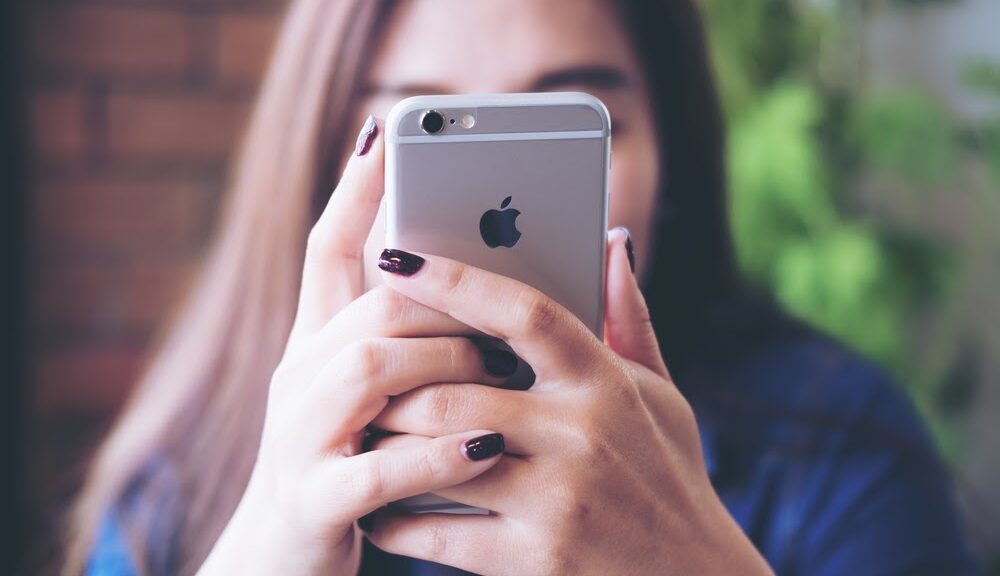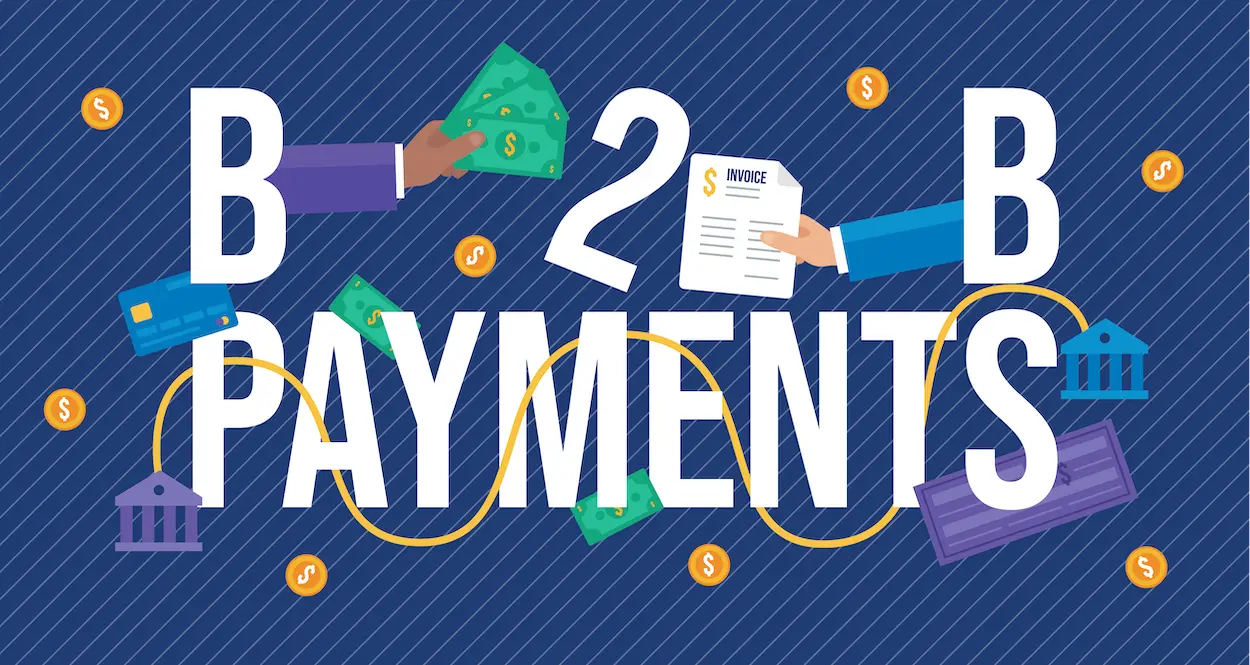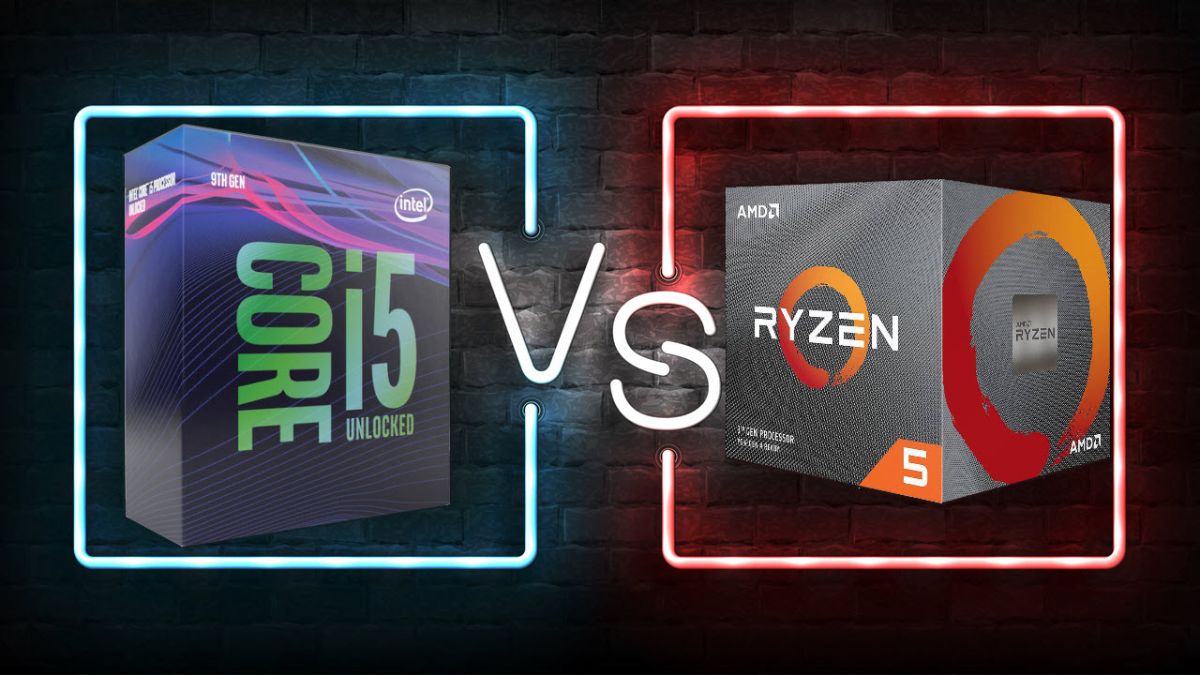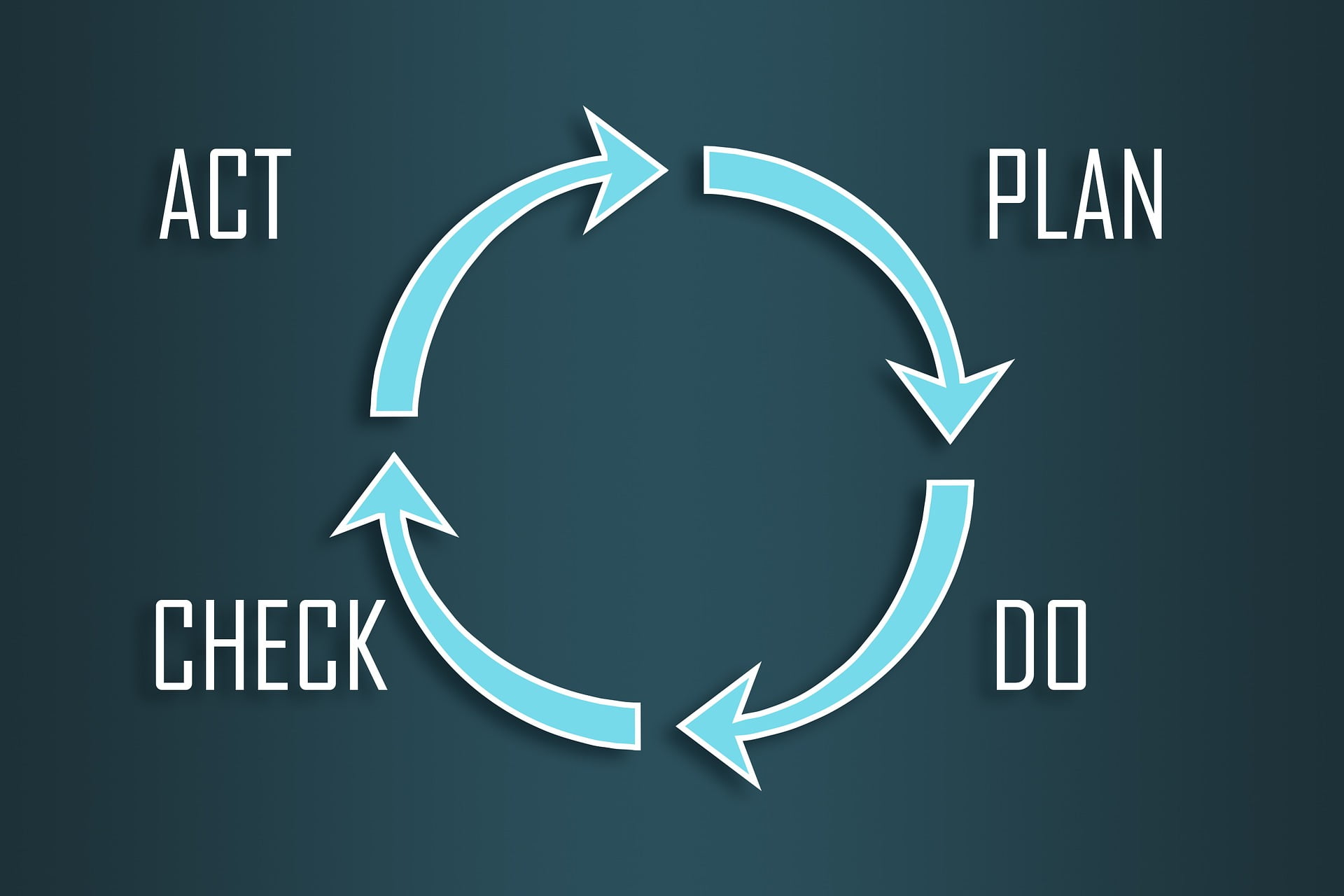
The release of the original Apple iPhone in 2007 had a profound impact on the world. This one device completely changed our relationship with technology and opened up a whole realm of possibilities for individuals and businesses around the world. As with any world-altering development, there were lovers and haters of the iPhone. Regardless of whatever camp you were in at the time, there’s no denying that the impact of this revolutionary device cannot be understated.
As the years have rolled on, there have been numerous versions of the iPhone released. Some Apple iPhones were met with more enthusiasm than others, with some receiving major criticism from fans around the world. As our relationship with technology has evolved, Apple has continued to lead the way in personal tech devices, releasing numerous generations of iPhones to keep up with other emerging trends in the tech world.
Below is a quick overview of the evolution of the iPhone and all of the versions of the device that have emerged since it first hit the shelves on June 29th, 2007.
First Generation iPhone
Featuring just 16GB of storage space and no App Store yet available, the original iPhone gave users access to the internet on a mobile device that they could actually browse with. It also had a 2.0-megapixel camera, which was groundbreaking at that point in time.
iPhone 3G
A slight upgrade in 2008, the iPhone 3G got its name due to its 3G connectivity. It also featured access to the brand new App Store, which first opened its virtual doors to digital consumers on the 10th of July, 2008.
iPhone 3Gs
In June 2009, Apple released a 32GB option in the iPhone 3Gs, doubling the storage capacity of the original iPhone. Apple also included voice control, video recording and a 3MP camera.
iPhone 4
The iPhone 4 was the first iPhone to feature a front-facing camera. RAM was bumped from 256MB in the iPhone 3Gs to 512MB in this model. A retina display was also introduced.
iPhone 4s
This upgrade brought the camera from 5MP to an impressive 8MP, 64GB of storage was finally available, video could be recorded in 1080p and the world was first introduced to Siri the virtual assistant in October, 2011.
iPhone 5
The iPhone 5 sold a staggering five million units in the first week after its release. The memory got an anticipated bump from 512MB to 1GB and LTE connectivity finally entered the fray. This was the first time the screen of the iPhone became larger as well, increasing from 3.5 inches to 4 inches. Apple’s now signature lightning connector also made its first appearance here.
iPhone 5c and iPhone 5s
September 2013 saw the release of the iPhone 5c and iPhone 5s. The former had a plastic shell, offering a more affordable option to consumers. The 5s came equipped with dual flash, slow-motion video, and touch ID, as well as improved battery life due to the M7 motion coprocessor.
iPhone 6
With the release of the iPhone 6, Apple introduced us to an even larger screen size at 4.7 inches. This was shortly followed by the iPhone 6 Plus and its whopping 5.5 inch touch display. Apple’s retina screen also became HD too.
iPhone 6s
When Apple released the iPhone 6s, a lot changed. Although it looked similar on the outside, the camera went from 8MP to 12MP, the memory doubled from 1GB to 2GB and 3D Touch was also added.
iPhone SE First Generation
Released as a more cost-effective option to the iPhone 6s, the iPhone SE featured many of the same specs but in a much smaller package and without 3D Touch.
iPhone 7
32GB of memory became standard with this release and storage jumped from 32GB to 256GB. It also featured a dual camera with improved zoom, portrait mode, better depth of field, and overall better photo-taking potential. This was the model where the headphone jack was removed forevermore and at the same time, AirPods were also announced.
iPhone 8
With this release, Apple introduced wireless charging capabilities and also included more filtering and editing tools for photos and images. Blue-light exposure was also reduced through the use of true-tone display, which had a positive impact on the viewing experience for iPhone 8 users.
iPhone X
An additional front-facing camera was added in the iPhone X which took incredible selfies, as portrait mode was now featured through the front-facing lens. The iPhone’s signature home button was also done away with on the iPhone X, with this change marking a monumental redesign of the iPhone as we’d once known it.
iPhone XS
Oddly, there never was an iPhone 9, instead, we moved straight to the iPhone XS in September 2018. The display became edge-to-edge and the Super Retina HD display took the viewing experience to new levels. An A12 Bionic chip was also introduced, which improved processing power whilst maximising the device’s battery life.
iPhone XR
Available in a range of exciting colours, the iPhone XR was smaller than the XS but came in at a cheaper price point, making it the entry level model of Apple’s tenth generation of iPhones.
iPhone 11
Featuring a 6.1-inch liquid retina display, the iPhone 11 was available in six different colours. A second camera was also added to the back, both of which were 12 MP and featured wide and ultra-wide lens options.
iPhoneSE Second Generation
In 2020, the iPhone SE second generation was released to the delight of Apple users who preferred a smaller phone that maintained the iPhone’s signature home button. Featuring a 4.7-inch retina HD display as well as the home button, this model combines the traditional iPhone’s design with many of the features that are typically associated with Apple’s more expensive releases, such as extended battery life, advanced camera features, wireless charging and more.
iPhone 12
November 2020 saw the release of the iPhone 12, as well as the Mini version, the Pro and the Pro Max. This powerful line features an A15 bionic chip which dramatically boosted the device’s speed and performance, and features Apple’s Super Retina XDR OLED display, as well as an array of camera upgrades. Compared with the iPhone 12 Mini, the only difference is that the iPhone 12 has a longer battery life as well as a bigger screen. The Pro, on the other hand, includes a triple-lens setup with improved night mode shooting options, better zoom capabilities, and new lens functions.
iPhone 13
Released in September 2021, the iPhone 13 has an improved battery life and is available in five different colour options. Otherwise, it has many of the same features as the iPhone 12 but with double the storage.
What Does The Future Hold For The iPhone?
With so many incredible models in its lineage, you can be sure that the future looks bright for the Apple iPhone. The release of the next model, the iPhone 14, is expected to be in September 2022 so we will have to wait and see what Apple will have in store.








